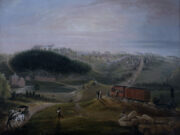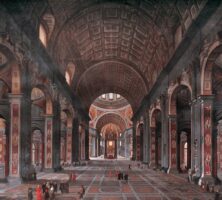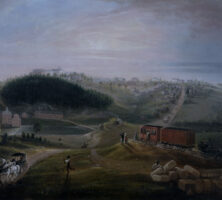George Cooke typified the ambitious American painter of the early nineteenth century. He began his artistic career as a self-taught itinerant painter in northern Virginia; in 1826 he went to Europe. His exposure to the old masters of the Renaissance and baroque periods encouraged him to try his hand at history painting and landscapes while continuing to derive his livelihood from portraiture. Back in the United States, Cooke found a generous patron in Daniel Pratt. First an architect in Milledgeville, Pratt became a major industrialist in New Orleans, Louisiana, and then in Prattville, Alabama, where he built a gallery to house Cooke’s history paintings.
Born in Maryland in 1793, Cooke taught himself to paint in the flat, linear manner often found in American art in the early decades of the nineteenth century. By the early 1820s he was executing portraits in Washington, D.C., and northern Virginia. His first formal training was with Charles Bird King (1785-1862), a respected portraitist and painter of Indians and humorous scenes of everyday life.
In 1826 Cooke and his wife, Maria Heath, left America and spent six years in Italy, England, and France. There he copied classical sculpture, prints after Greek and Roman art, Italian Renaissance and baroque paintings, and modern Neoclassical and Romantic paintings. These included Théodore Gericault’s The Raft of the Medusa (1830, New York Historical Society) and Transfiguration (early 1830s, private collection) after Raphael’s celebrated painting. Cooke’s largest and best-known painting is Interior of St. Peter’s Rome (1847, Chapel, University of Georgia, Athens). This work is an enlargement of an earlier painting he executed in Florence, Italy, using images by the late-seventeenth-century Italian painter Giovanni Paolo Pannini and the contemporary British painter John Martin. This huge canvas originally adorned the end wall of Pratt’s gallery of art, which housed Cooke’s paintings and stood adjacent to Pratt’s home in Alabama until shortly after the Civil War (1861-65), when Pratt gave the painting to the University of Georgia. When Cooke painted subjects from American history, for example, Patrick Henry Arguing the Parson’s Cause at Hanover County Court House (ca. 1834, Virginia Historical Society, Richmond), he embraced the same aesthetics.
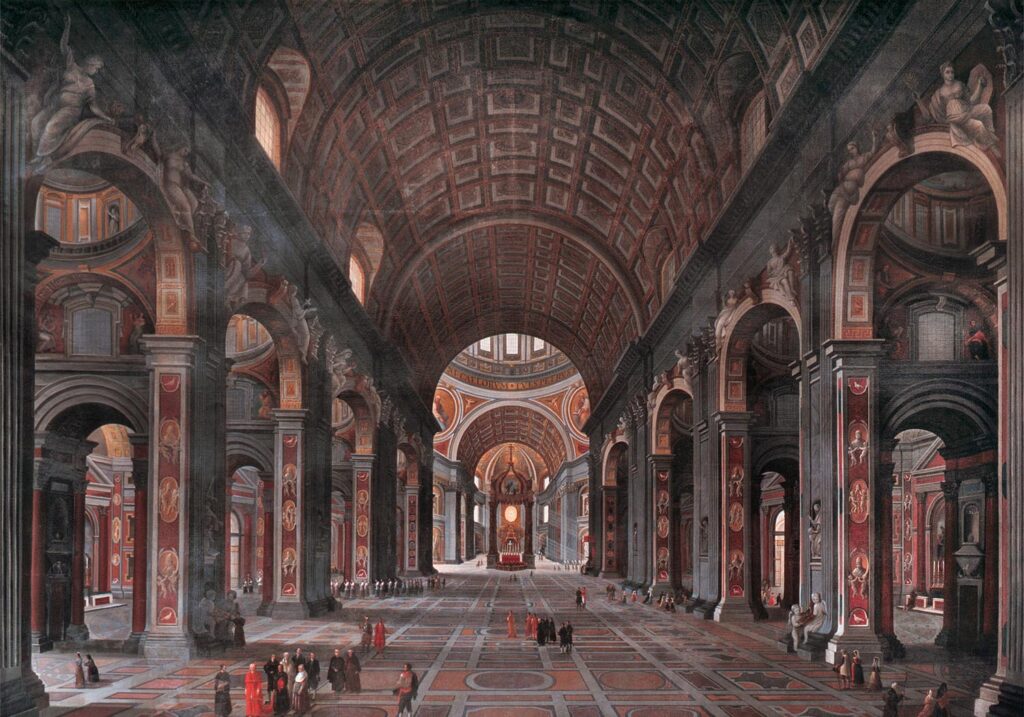
Painting by George Cooke
Cooke was consistent in his approach to art. Once he understood the aesthetic views of the old masters, he applied them to all his subjects, as for example his View of Athens from Carr’s Hill (1845, Hargrett Rare Book and Manuscript Library, University of Georgia, Athens). His images, whether history scenes, portraits, or landscapes represent the popular academic style of balance, order, harmonious coloring, and clear and accurate drawing that is both an idealization and a realistic-looking image.
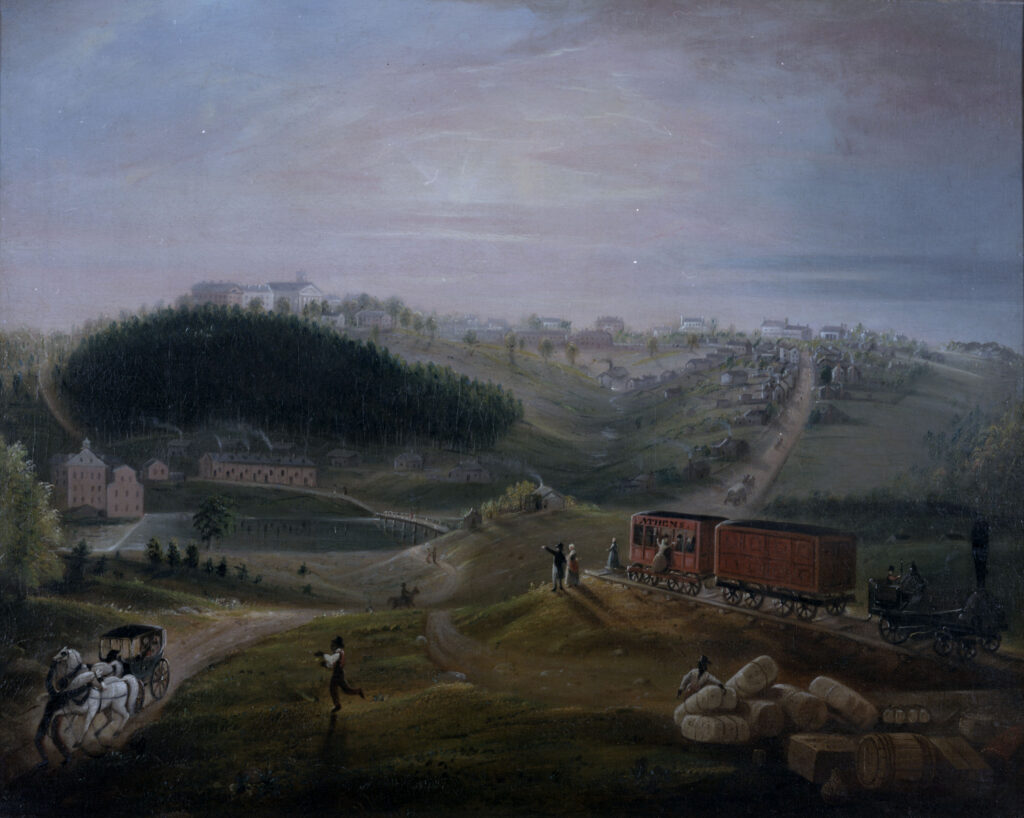
Courtesy of Hargrett Rare Book and Manuscript Library, University of Georgia Libraries.
His history paintings and landscapes notwithstanding, Cooke was first and foremost a portraitist. Although he did paint some well-known historical figures, for example, George Washington (ca. 1838, University of Alabama) as well as an array of southern politicians, Cooke made his living depicting local people, mainly in Virginia, Georgia, and Alabama. He traveled from place to place, often staying with friends while visiting nearby places to execute his portraits. These range from busts, to canvases about 24 by 36 inches, to full-length, life-size portraits. He attained great success with these portraits and by the late 1840s was one of the South’s best-known painters.
Many American artists of the period, including Cooke, found outlets for their work in prints. His most notable series was done in 1832 for the British illustrator William James Bennett (ca. 1787-1844). These four views of American cities—Washington, D.C.; Richmond, Virginia; West Point, New York; and Charleston, South Carolina—typify the picturesque mode of American landscape painting that came immediately before the Hudson River school, the first native school of art. Rounding out his academic career, between 1834 and 1840 Cooke wrote five treatises on art in the Southern Literary Messenger, a journal based in Richmond, Virginia.


